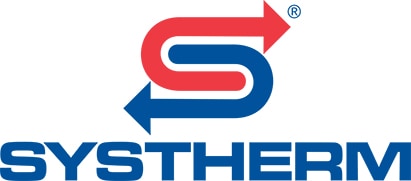CIIC components used
Types of heat recovery units
An integral part of the heat recovery unit is the hot-water exchanger, which replaces one radiator in the room.
According to the size of the class and the operating aspects, it is possible to make a choice from several types:
- Parapet
- Sub-ceiling
- Stationary
EnOcean wireless technology
- No batteries (maintenance-free).
- Simple installation because it eliminates the installation of (electrical and data) cables.
- Flexibility of modernisation.
- Direct assembly of the sensors at a suitable point.
Sensors
The CIIC (ControlIndividualIndoorClimate) system monitors and controls the interior environment on the basis of these pollutants and operating states:
- CO2 sensor
- Temperature Sensor
- Humidity sensor
- Sensor for VOC (volatile organic compounds)
- Motion sensor
- Light sensor
- Dust sensor
- Smoke detector
- Emergency situations:
- Cold water
- Gas
Freecooling
Ensuring the complete exchange of fresh and cold air in the rooms in the time interval from 1:00 to 4:00 a.m. in the morning when the air is coldest.
Electrical radiator valves
The valve gets energy from the thermal difference without the necessity to change the battery regularly. It generates the necessary energy itself via an installed small generator. The electric power is made from the heat using the Peltier effect (phenomenon). An adequate source of energy is thus only the difference between the temperature in the room and the temperature of the heating water delivered to the radiator and thanks to the wireless communication, the valve gets instructions for precision control of the temperature in the room.
WHC (WebHeatControl) central dispatch
- Communicates with Bakalář SW.
- Fully automatic operation.
- Option of remote control via a mobile phone or tablet.
- Life-long without license fees.
- It makes it possible to control and set the values individually for each room. It allows this not only in the rooms in which the heat recovery units are not normally installed such as cabinets.
Textile air ducts
- The air distribution ducts do not make a disruptive impression in the room thanks to the available colour options.
- Easy installation and deinstallation of the ducts using hooks.
- Easy maintenance – the ducts can be washed in a standard washing machine – increases the room hygiene level and reduces the regular costs of the maintenance and cleaning of spiro pipes, which can only be done by a specialised company.
- They ensure equal and stable air-exchange in the entire room.
- No vibrations or noises are transmitted in the textile ducts.



